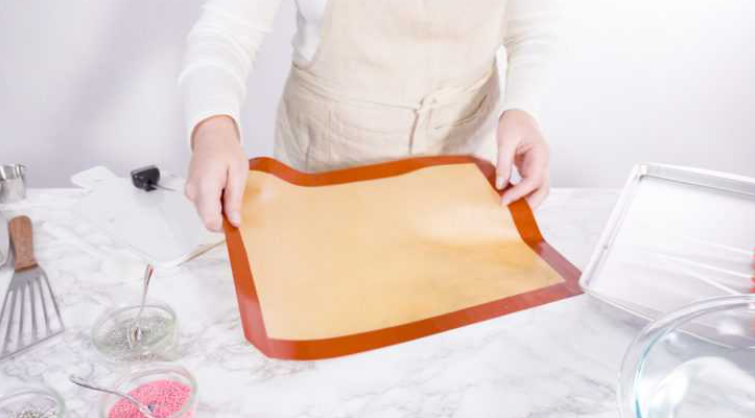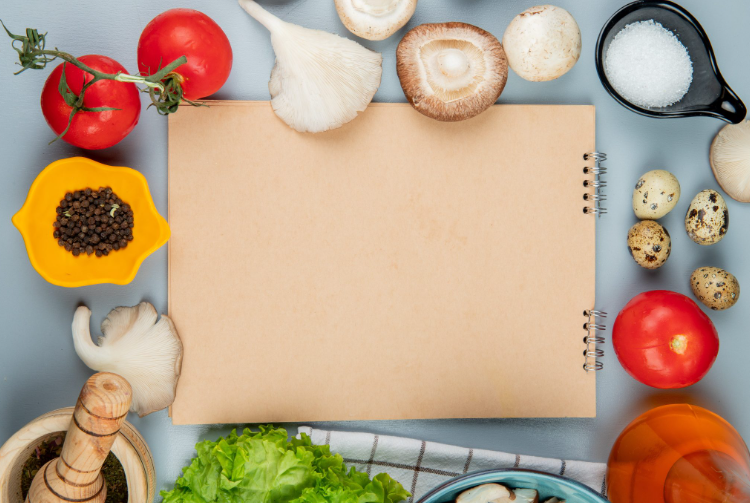Parchment paper, also known as baking paper, is a staple in kitchens worldwide due to its heat resistance and non-stick properties. The global parchment paper industry is valued at over $960 million, suggesting its immense popularity and widespread use. But have you ever stopped to wonder about its safety? This article explores the potential hazards of using parchment paper in your kitchen and offers healthier, more eco-friendly alternatives for cooking and baking.

Parchment Paper: What’s Inside?
Parchment paper is created through the parchmentization process, which enhances its durability and resistance to oil and heat. Commercially, it is often coated with silicone to further improve these qualities.
Why the Caution Around Parchment Paper?
Despite its convenience and simplicity, the use of parchment paper raises several health concerns that warrant caution.
The Bleaching Dilemma
The first concern lies in the bleaching process integral to the production of parchment paper. The bleached parchment paper may contain dioxin, a toxic chemical released when heated.
– Dioxin Exposure: Studies have linked dioxin to reproductive and developmental disorders. Once ingested, it can accumulate in fatty tissues and stay there for 7 to 11 years.

The Silicone Coating Concern
Another issue involves the silicone coating on parchment paper. Silicone cookware is made from silicon, carbon, and oxygen, creating a rubber-like material.
